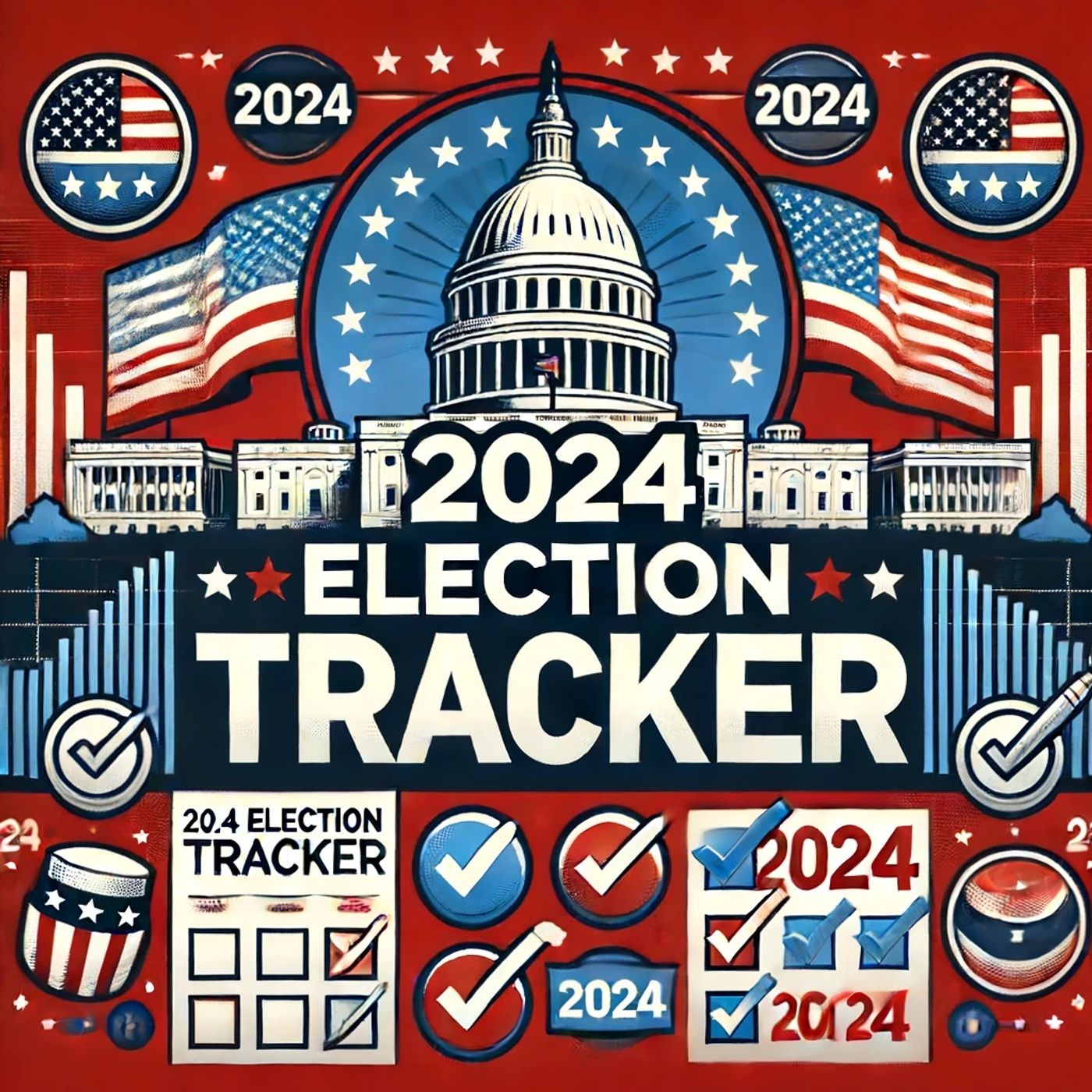2024 Election Reveals Shifting Political Landscapes in Key Swing Regions
Description
The 2024 election has unveiled significant trends within the American political landscape, particularly spotlighting shifts and sentiments in Arizona, Orange County, and Texas. These regions, known for their political volatility and potential to swing, have exposed valuable insights in this election cycle.
In Arizona, a state that has been a focal point for political analysts due to its evolving demographics and shifting political allegiances, the results are being closely scrutinized. Mike Noble, the founder and CEO of Noble Predictive Insights, emphasizes that the outcomes thus far reveal considerable information about local political dynamics. Although the specifics of his analysis were not detailed, one could infer that the state continues to balance on the knife-edge between its traditional Republican roots and the growing Democratic influence, particularly from more urban areas like Phoenix and Tucson.
Meanwhile, in Orange County, a historically conservative stronghold in Southern California, Republicans are celebrating early successes. The celebration might seem premature to some, given the county’s recent trend towards more progressive candidates in past election cycles. The term ‘red wave’ used to describe the situation implies a substantial Republican resurgence. This may indicate a reversal or at least a significant resistance against the blue shifts seen in recent elections.
Texas presents an even more pronounced example of Republican dominance as the 2024 election showed considerable gains for the GOP, strengthening their hold across the state. This consolidation of power is evident from the top of the ticket down through many contested positions, suggesting a solidified Republican base and possibly a strategic alignment that could influence national policies and future elections.
These regional insights point to a broader national trend where traditional political alignments might be solidifying rather than continuing the trend of previous cycles which saw significant swings. For Republicans, the strong showings in traditionally red states and areas suggest a successful mobilization of their base, perhaps energized by state-specific issues or broader national concerns such as economic policies or social issues.
Understanding these dynamics is crucial for both major parties. For Republicans, the focus might now shift towards leveraging these gains to consolidate power and influence future policy directions. For Democrats, the results might serve as a call to review strategies, particularly in swing states like Arizona, to better address and engage with shifting demographics and concerns.
The full impact of the 2024 election results will unfold as more detailed analyses emerge, but the initial indicators suggest a reinforcing of established political boundaries and a possible reevaluation of strategies by political parties in response to the voiced preferences of the electorate.
More Episodes
The 2024 elections in the United States brought forth a mix of significant developments, highlighted by a notable reduction in voter turnout in several cities across Massachusetts and decisive results in state Senate races, particularly in California.
Massachusetts Secretary of State William F....
Published 11/26/24
In the 2024 election cycle, Idaho's legislative races have seen a significant influx of campaign contributions, totaling over $7.7 million. A notable portion of this fundraising has been directed towards competitive races, including Proposition 1. This financial mobilization underscores the high...
Published 11/23/24
Published 11/23/24


